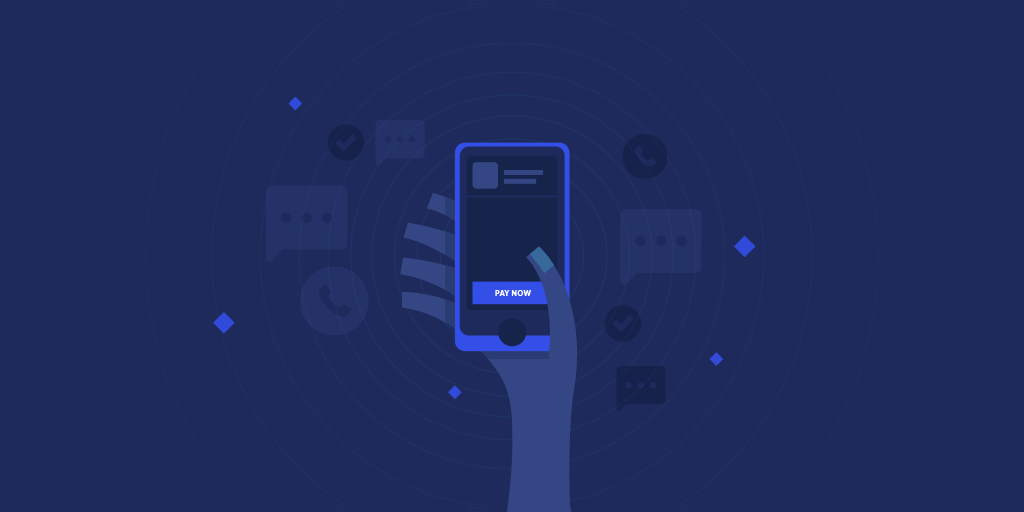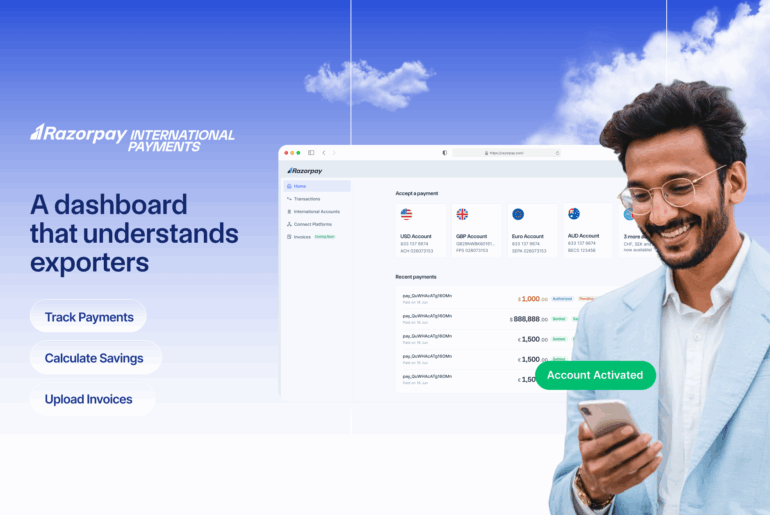Everything from hailing a cab to booking a vacation to even ordering a meal has shifted online today. And, without a doubt mobile phones are at the forefront of this revolution.
Shoppers today use their mobile phones over all other devices to browse online, making mobiles the biggest disruption in the internet space. According to a report by Demandware, by the end of 2017, 45% of traffic and 25% of orders will come from mobile phones.
With ‘mobile first’ becoming the norm, mobile apps are not only becoming popular, but also impactful. Mobile apps have been growing not only in number but also in the kind of products and services they offer. And, with this comes the need for mobile apps to collect payments from customers.
Like all other stores in the online world, mobile apps also need to integrate with a payment gateway to handle payments.
Payment is one of the important steps in the customer journey and hence apps should ensure that the payment solution they integrate with delivers a seamless and optimised payment experience. In addition, the payment experience should always seem like an extension of the overall app experience.
From intuitive UI to fraud protection to analytics, there are a number of things a mobile app needs to consider before integrating with a payment gateway. Here are the most important factors to consider:
1. Ease of Integration
The payment gateway integration process should be easy. Developer SDKs should have to be simple, straightforward and take minimum developer time for integration. They should also ensure that updates are easily handled by merchants without making major changes to the integration code.
Another important aspect to watch out is the SDK size; SDKs should be light in order to ensure that it occupies minimum space on users’ mobile phones’, as apps that weigh heavily on mobile phone space risk the chance of being deleted.
While researching on payment gateway SDKs, it is also important to ensure that the SDK provides support for your required platform and framework. Pick a gateway that offers multi-platform and multi-framework support (like iOS, Android, React Native, Cordova, Ionic.) to streamline the payment gateway process.
2. User Interface
It is very important to ensure that the UI offered by the payment gateway is something that gels well with your overall brand language. The interface should ensure that customers are able to pay without any friction.
The payment gateway should ensure that bank pages are mobile friendly and optimised. In essence, the payment process should deliver the least number of steps in order to offer a seamless payment experience.
Customization is another aspect to consider while integrating with a payment gateway. Today, payment gateways offer customized checkouts that can include your brand logo and brand colours.
3. Payment Analytics
Online payments are subject to several aspects like payment failures, dropoffs, double payments, refunds etc, hence analytics is one of the crucial aspects to consider while integrating with a payment gateway.
Analytics and reports around important information like average page load time, transaction status, mobile network used (2G, 3G etc) and other details like receipt of bank OTP should be captured by the payment gateway and provided to merchants.
Analytics is one of the areas that throws light on actual problems and allows apps to optimise its overall payment experience.
4. Customer Support
Many merchants often overlook customer support when looking for payment gateways. Customer support not only helps in addressing issues during integration, but also all payment related issues post integration.
A payment gateway should provide effective support (email, call, chat etc) for all payment related queries. For instance, at Razorpay, we not only offer customer support to merchants, but also to the end-customers via multiple channels and ensure that issues are resolved in the shortest possible time.
5. Payment Receipts
Once the customer has made the payment, sending out an automatic email with details of the transaction and purchase made helps in building customer trust.
Since the gateway has direct access to the status of the transaction, it is recommended that the gateway sends the confirmation email. Such emails receipts also help in increasing brand engagement for the merchant.
6. Nifty Features and Plugins
To a good extent the differentiating factor between payment gateways are the set of features and plugins they offer. Such features essentially aim at optimising the payment experience and offer customers a seamless interface for making payments.
For instance, card saving is a feature in which a gateway automatically saves customer card details, making future purchases on the app super easy and convenient.
Another example of a neat feature is auto OTP reading. With OTP mandatory for all online transactions in India, a payment gateway can offer a nifty solution like OTP reading, where the payment gateway automatically reads the OTP from the customer mobile phones, removing the need for customers to do so manually.
7. Settlement Period
While customers and their needs come first for any merchant, quick payment settlement cycles ensure the smooth functioning of the business. A typical settlement lasts anywhere between a few days to a few weeks depending on the size of your business and nature of industry you operate in.
Obtain all details with regards to settlement period before integration in order to ensure that it suits the revenue requirements of your business.
Choosing a payment gateway for your app is an important decision. Compare all options and choose the one that comes closest to needs, be it customer experience, developer comfort or settlement cycles.


